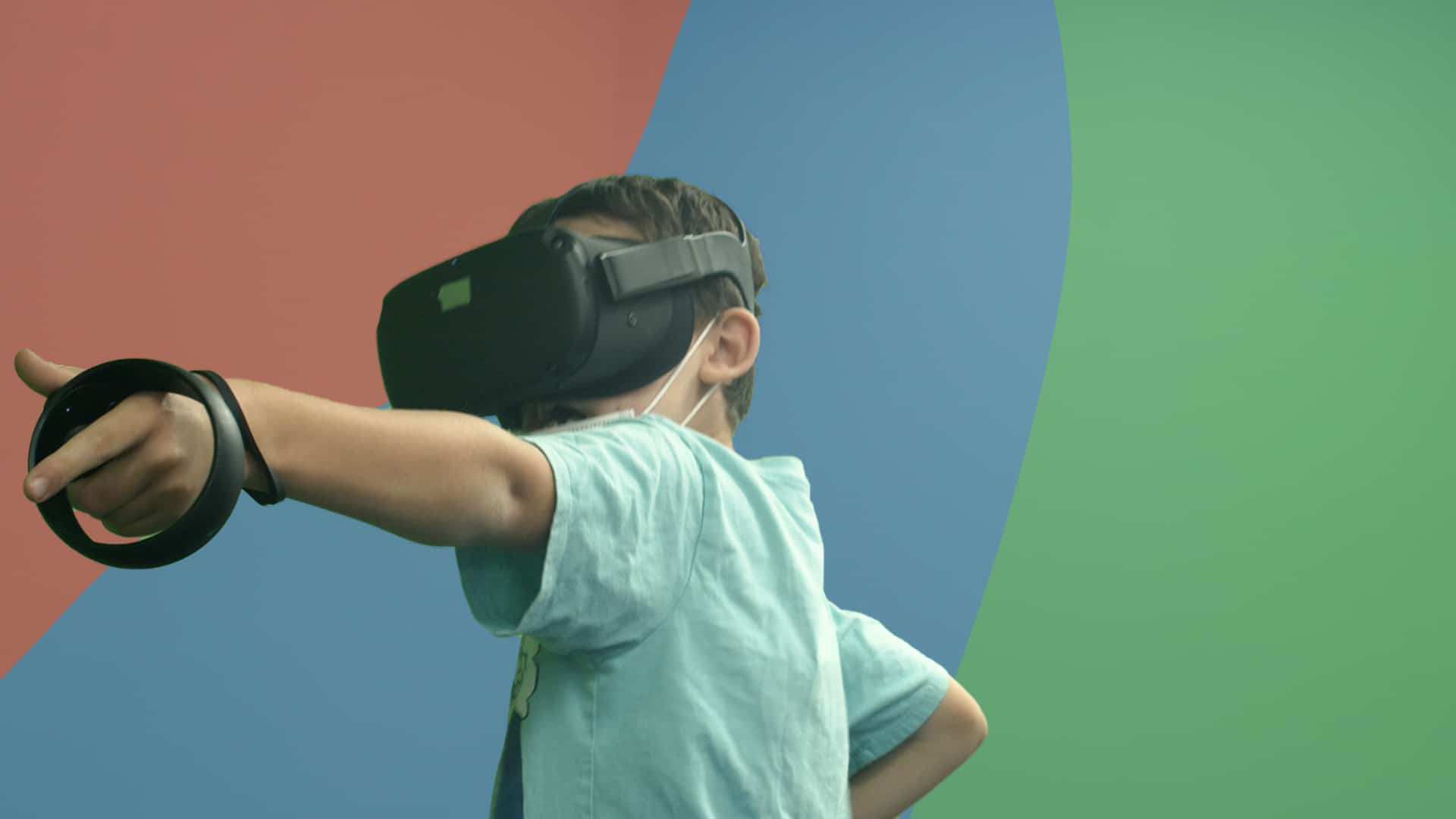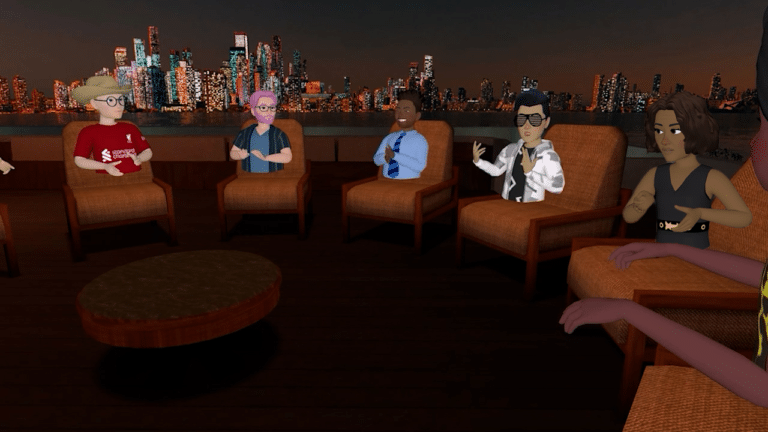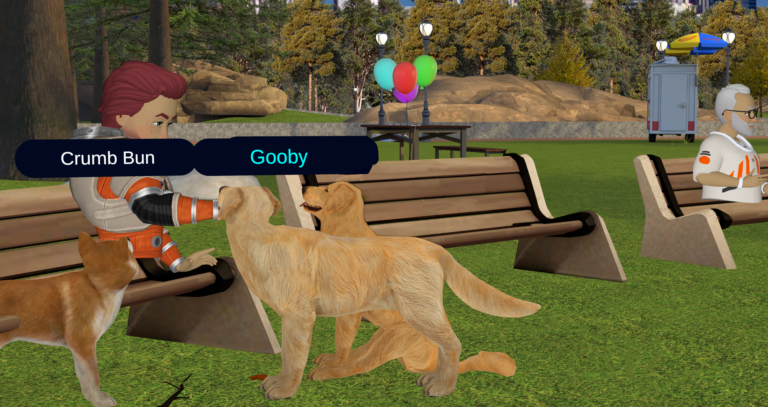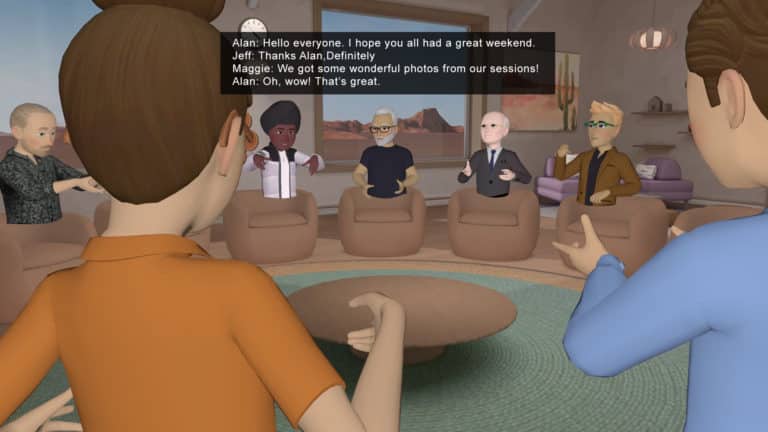
Unconscious bias can manifest itself in many different ways. Whether it is racial, gender, or age bias, changing ingrained perceptions starts with empathy and the willingness to put ourselves in someone else’s shoes. Though not a magic bullet, Virtual Reality (VR) can help by immersing people into experiences from the point of view of someone else.
A recent example is a 12 minute VR film that immerses viewers in the life of a fictional African American man as he encounters racism as a child, adolescent, and adult. Courtney Cogburn, an assistant professor at Columbia’s School of Social Work, is one of the filmmakers.
“We wanted people to have a visceral sense of what this feels like,” she said. “It’s more likely to trigger empathy, and to help you understand the scope and nature of racism and racial inequality in our society.”
Getting people together in VR to role play real life scenarios while embodying the role of different genders, ages, and races is another way to build empathy. It is one of the applications that Foretell Reality supports through customizable, life-like avatars that can interact with one another within virtual spaces that simulate real world scenarios.
Foretell Reality is an enterprise VR solution for interpersonal communication and business collaboration. Learn more here.

